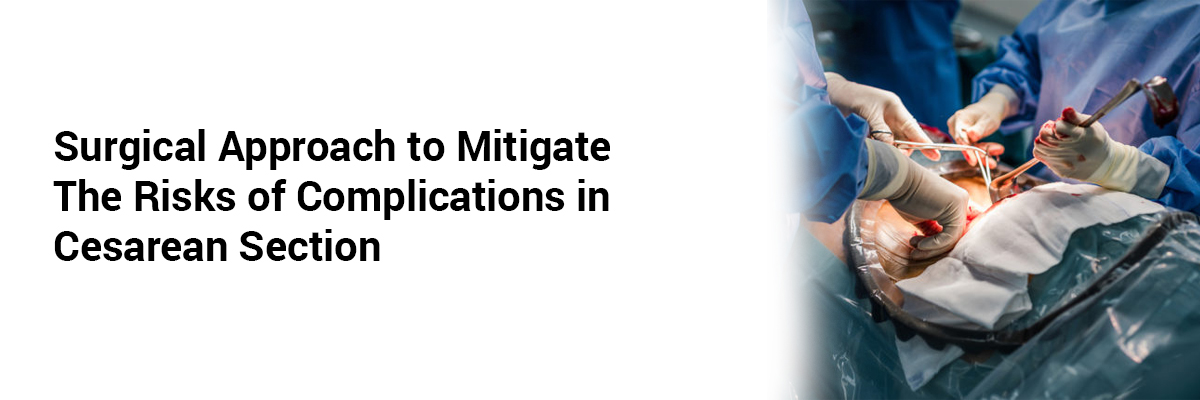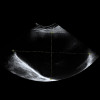
Surgical Approach to Mitigate the Risks of Complications in Cesarean Section
The global incidence of cesarean sections is rising significantly. Numerous factors contribute to surgical difficulties during cesarean delivery. Two of the most prevalent are complications from prior cesareans (myometrial defects, with or without placental invasion, and peritoneal adhesions) and the elevated risk of postpartum hemorrhage (PPH) due to uterine overdistension, abnormal placentation, or fibroids.
A new article proposed a standardized surgical protocol for patients at risk of complex cesarean delivery. This novel protocol incorporates antenatal risk assessment, paramedian pelvic access, bladder dissection, and a tailored approach to bleeding control. The protocol underscores continuous surgical training, self-assessment, and team-based learning as critical components of quality improvement.
Preoperative planning should anticipate common intraoperative challenges, ensuring adaptable strategies for diverse healthcare settings. Identifying patients at risk for complex cesarean sections is essential. While basic cesarean techniques can be mastered after approximately 12 procedures, complex cases, such as those involving anterior placenta previa or LUS fibroids, require advanced surgical expertise. These high-risk patients are more susceptible to urinary or gastrointestinal injuries and severe hemorrhage and should be managed by a multidisciplinary team in a well-equipped facility with access to transfusion services and intensive care. In resource-limited settings, collaboration with general surgeons and urologists is advisable.
The integrity of the lower uterine segment (LUS) following a previous cesarean is crucial, as inadequate healing increases the risk of uterine rupture or placenta accreta spectrum (PAS). Several factors influence these outcomes, including suture technique and uterine incision location.
The proposed protocol outlines key steps, including paramedian pelvic access for extensive adhesions, bladder dissection to facilitate hysterotomy, and the selection of appropriate techniques for PPH control.
Peritoneal adhesions, particularly between the bladder and abdominal wall or dehiscent LUS, present significant surgical obstacles. In such cases, upper abdominal entry may not always be feasible, making paramedian access via the preperitoneal plane a more reliable alternative. This approach, initiated with a transverse suprapubic incision, enables access to fibrosis-free areas and facilitates safe bladder mobilization, reducing the risk of urinary tract injury.
Urinary tract injury is among the most common complications of complex cesareans. Effective bladder dissection and mobilization require accessing avascular subperitoneal pelvic spaces, a technique more familiar to gynecologic oncologists than general obstetricians. Several techniques can facilitate this process, such as – parametrial space opening, retrovesical bypass, and targeted dissection with traction.
PPH is one of the most severe complications associated with complex cesarean sections. Recent consensus statements from experts in obstetrics, anesthesiology, hematology, and transfusion medicine emphasize the importance of patient blood management (PBM).
Understanding uterine vascular anatomy is critical for effective hemorrhage control. Recognizing these vascular structures aids in selecting appropriate hemostatic techniques. Postoperative hematomas, often originating at the lateral hysterotomy edges, require prompt identification and intervention. Hemorrhage management should prioritize immediate hemostasis through simple, universally applicable measures like aortic compression or uterine tourniquets.
Developing expertise in complex cesarean surgery necessitates ongoing training and experience. Surgical teams must continuously analyze outcomes, review intraoperative videos, and engage in structured debriefings to improve care. Establishing a culture of safety, adherence to standardized protocols, and multidisciplinary collaboration enhances surgical outcomes and patient safety.
Source: Nieto‐Calvache AJ, Ramasauskaite D, Palacios‐Jaraquemada JM, et al. Internl J Gynec & Obst. 2025 Jan 4.








Please login to comment on this article